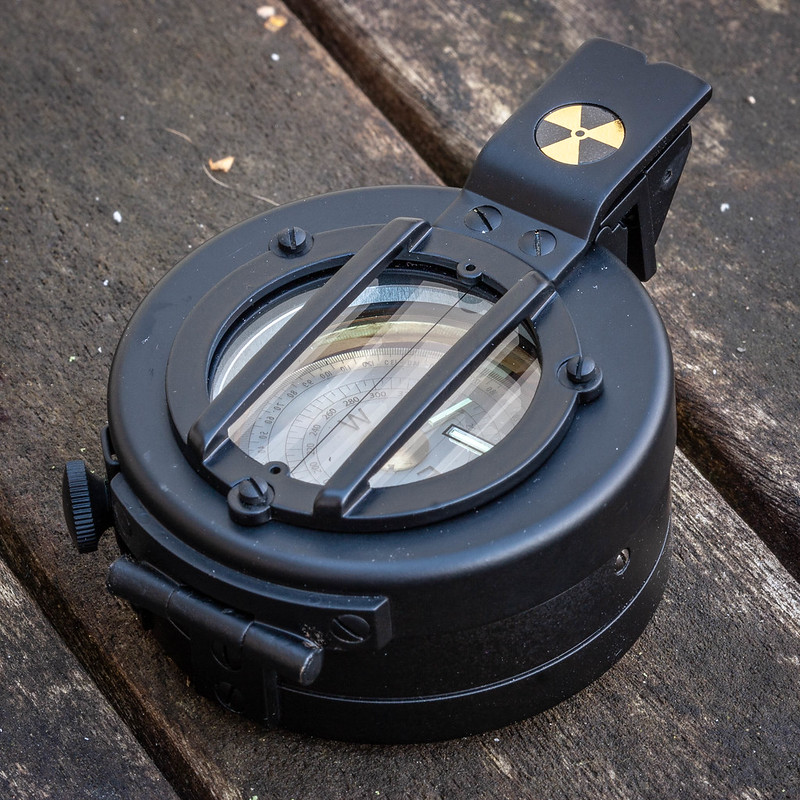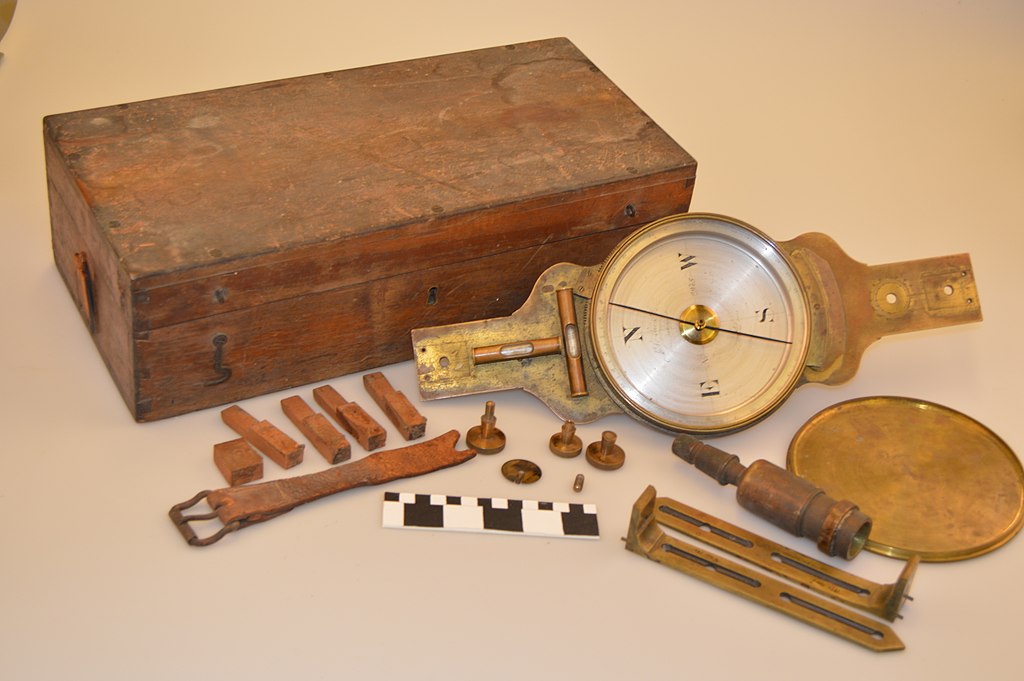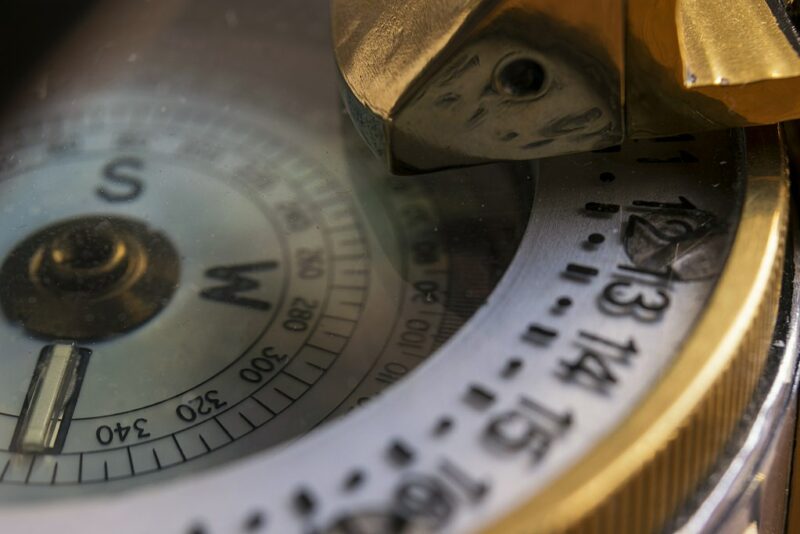Prismatic compass uses a prism to read the bearing directly, while surveyor compass requires a separate graduated circle to measure bearings.
TL;DR Prismatic compass Vs. Surveyor compass
Prismatic compass is compact, offers accurate readings with a prism for navigation, and suits outdoor enthusiasts. Surveyor compass is larger, stable, and ideal for professional land surveyors, offering more features and precise measurements.
Prismatic compass

The prismatic compass is a compact and versatile tool that has been used by explorers, hikers, and surveyors for decades. Its main feature is the prism located on top of the compass, which allows for easy reading of both magnetic azimuths and vertical angles.
Surveyor compass

Surveyor compass, also known as a transit compass, is a valuable tool used by surveyors and engineers to determine the direction and angle of various objects or points on the Earth’s surface. It is specifically designed for accurate measurements in land surveying and construction projects.
Prismatic compass Vs. Surveyor compass – Key differences
| Aspect | Prismatic Compass | Surveyor Compass |
|---|---|---|
| Main Purpose | Navigation and outdoor activities | Land surveying and construction |
| Size | Compact and lightweight | Larger and more robust |
| Reading Method | Prism for direct bearing reading | Base plate with degrees and needle |
| Additional Features | Clinometers for vertical angles | Leveling bubbles, telescopic sights |
| Precision | Accurate for general use | High precision for professional use |
| Usual Users | Hikers, explorers, military | Surveyors, engineers, construction |
| Usage Complexity | Relatively straightforward | Requires skill and practice |
| Weight | Lighter | Heavier |
Prismatic compass – Components
- Compass Housing: The main casing that holds all the internal components and protects the compass.
- Magnetic Needle: A magnetized needle that rotates freely and aligns itself with the Earth’s magnetic field, indicating the magnetic north direction.
- Graduated Dial: A circular dial with markings in degrees or mils around the edge, used for reading bearings or azimuths.
- Prism: A glass prism located on top of the compass housing, allowing the user to read both magnetic bearings and vertical angles simultaneously.
- Sighting Line: A straight line or hairline within the prism used for aligning the compass with a target or landmark.
- Baseplate: The bottom part of the compass housing with a transparent cover or window, allowing the user to see the map or surface beneath for better orientation.
- Clinometer Scale (optional): Some prismatic compasses have an additional scale to measure vertical angles or slopes, known as the clinometer scale.
- Index Line: A line or indicator on the compass dial that aligns with the magnetic needle when taking a reading.
- Declination Adjustment (optional): Some prismatic compasses have a mechanism to adjust for magnetic declination, allowing the user to account for the difference between true north and magnetic north.
- Luminous Markings: Many prismatic compasses have luminous markings or a built-in light source to aid reading in low light conditions.
Surveyor compass – Components
- Compass Housing: The main casing that contains and protects all the internal components of the surveyor compass.
- Magnetic Needle: A magnetized needle that rotates freely and aligns with the Earth’s magnetic field, indicating the magnetic north direction.
- Graduated Circle: A circular disc with markings in degrees or gon (also known as grads) around the edge, used for measuring horizontal angles.
- Vernier Scale: A fine scale on the graduated circle that allows for more precise readings of horizontal angles.
- Telescope: An optical sighting device mounted on the compass housing that enables precise sighting of distant objects or points.
- Eyepiece: The lens at the rear end of the telescope, through which the user looks to observe the target and the graduations on the circle.
- Objective Lens: The lens at the front end of the telescope, which collects light and forms the image of the target.
- Leveling Bubbles: Small vials containing liquid and an air bubble, used for leveling the compass to ensure accurate measurements on uneven terrain.
- Spirit Levels (optional): Some surveyor compasses have additional spirit levels to check both horizontal and vertical leveling.
- Tripod Mount (optional): Many surveyor compasses can be mounted on a tripod for more stable measurements during surveying tasks.
- Tangent Screw: A fine-adjustment screw that allows for precise alignment of the compass with the target.
- Clamp and Slow Motion Screws: Screws used to secure the compass and make fine adjustments while taking readings.
Image Credits
Featured Image By – Paul van de Velde from Netherlands, CC BY 2.0, via Wikimedia Commons
Image 1 By – Steve Hodgson on Flickr
Image 2 By – Hernstein and Co. Aloe, Public domain, via Wikimedia Commons









